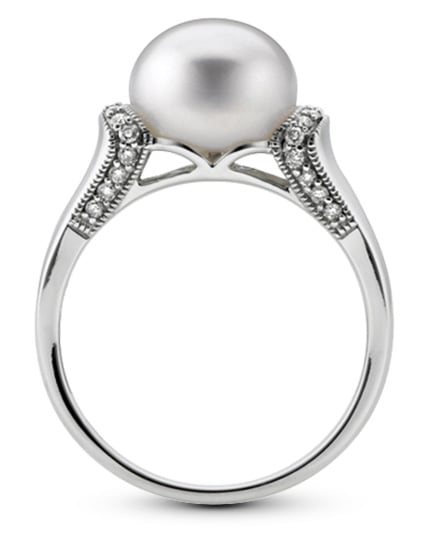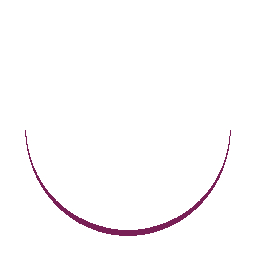Intro To Pearls
Shopping for pearls? Use this pearl jewelry buying guide before you make a purchase.

Types of Pearls
Learn about the different types of pearls and what makes each pearl type unique.
Care and Treatment
Learn the basics of pearl maintenance, from daily care to proper storage.
How to Wear
Learn how pearls can be one of the most fashionable accessories in your arsenal.
Pearl is a gem that requires no cutting or polishing. It's one of the few gemstones classified as organic, meaning it's created by a living thing.
A pearl is formed inside the shell of an oyster, mussel or clam. When a particle enters its shell, the mollusk coats the particle in layers of a composite material known as nacre, also known as mother-of-pearl. This mineral substance is iridescent and lends the pearl its unique luster.
Natural pearls are rare. In fact, most pearls on the market today are cultured. Cultured pearls share the same properties as natural pearls—the difference is the environment in which they are produced. Cultured pearls form under controlled conditions. A skilled technician implants a bead or piece of shell in a saltwater or freshwater mollusk. The mollusks is returned to the water and cared for until the pearl has formed and is ready to harvest.
Pearls occur in a variety of colors, and color is an important factor in pearl grading. Pearl color is described as the combination of bodycolor and overtone. Bodycolor is the pearl's primary color. You're probably most familiar with white and cream. Overtones are translucent, overlying colors that are visible when light reflects off the pearl's surface. Overtones alter the bodycolor and add depth and glow to the pearl. A pearl's overtones are usually pink, green, purple or blue.
Another component of color, known as orient, is an iridescent shimmer on or just below its surface the surface of the pearl which appears as the pearl is rolled between the fingers. This play-of-color occurs when the nacre is thick and well-formed; therefore, possessing this characteristic gives the pearl added value. Orient refers to the iridescent colors that appear to move, which adds value to the pearl. Every pearl displays bodycolor, but not every pearl displays overtones or orient. This property gives the pearl added value.



